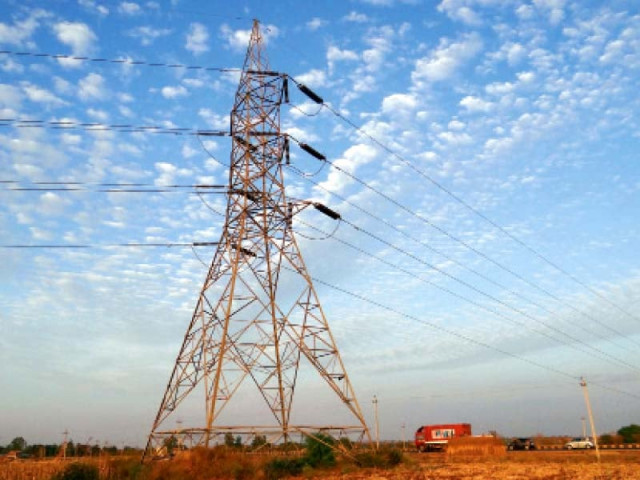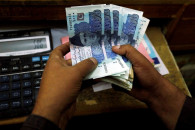Power consumers brace for tariff rise
Generation cost of IPPs indexed to US dollar is set to increase due to rupee depreciation

Electricity consumers are bracing for another shock as power tariff is likely to be increased following the free fall of Pakistani rupee against the US dollar in the past one week.
However, the Pakistan Muslim League-Nawaz (PML-N) led coalition government will be in trouble and face a political backlash if it goes for any increase in electricity prices. On the other hand, if the government does not jack up the tariff, the uncontrollable circular debt will swell further. The debt level has already reached Rs2.43 trillion in the power sector.
Industry sources pointed out that all private independent power producers (IPPs) were indexed to the dollar rate and the US currency’s appreciation would impact the price of electricity produced by those plants.
“At present, IPPs with production capacity of 13,500 megawatts are linked with the dollar and the recent rupee depreciation is going to result in a 16% increase in the production cost of these IPPs,” an industry official said, adding that the impact would be on account of capacity payments.
Power plants under the China-Pakistan Economic Corridor (CPEC) are also indexed to the dollar and their generation cost will go up too.
Industry officials said that there would also be an additional impact of rising fuel prices on the power plants using coal and other imported fuel. The power plants set up under the 1994 policy were linked with the dollar rate even if they were installed with local investment.
Industry officials pointed out that 12 power plants had been set up under the 2002 policy. Though those plants were indexed to the rupee, the then government also linked them with the US dollar.
It is interesting that the state-owned power plants were linked with the rupee value. Therefore, there will be no impact on account of capacity payments.
However, there will be impact of rising fuel prices on the electricity produced by the state-owned power plants. Industry officials believe the government may not pass on the full impact of electricity price increase to the consumers. As a result, there will be another increase in the circular debt, which stands at Rs2.43 trillion in the power sector and Rs1.5 trillion in the oil and gas sectors.
Owing to the rising circular debt, state-owned Pakistan State Oil (PSO) is moving towards the worst financial crisis. According to industry people, PSO has touched a red line as its receivables have reached Rs706 billion, which it has to recover from different enterprises.
Sui Northern Gas Pipelines Limited (SNGPL) is a key defaulter of PSO as it has to pay Rs448 billion on account of liquefied natural gas (LNG) supply. On the other hand, power producers have to pay Rs178 billion and Pakistan International Airlines (PIA) Rs24.5 billion.
Among payables, PSO has to pay Rs30.4 billion to local oil refineries and Rs188 billion to retire Letters of Credit (LCs) to get supplies from Kuwait Petroleum and for LNG supplies. Separately, the National Electric Power Regulatory Authority (Nepra) will conduct a public hearing on January 31 on K-Electric’s request for a tariff reduction of Rs10.26 per unit on account of fuel charge adjustment (FCA) for December 2022.
December’s FCA request was lower primarily due to a reduction in prices of re-gasified LNG, furnace oil and power purchased from CPPA-G.
Published in The Express Tribune, January 31st, 2023.
Like Business on Facebook, follow @TribuneBiz on Twitter to stay informed and join in the conversation.


















COMMENTS
Comments are moderated and generally will be posted if they are on-topic and not abusive.
For more information, please see our Comments FAQ